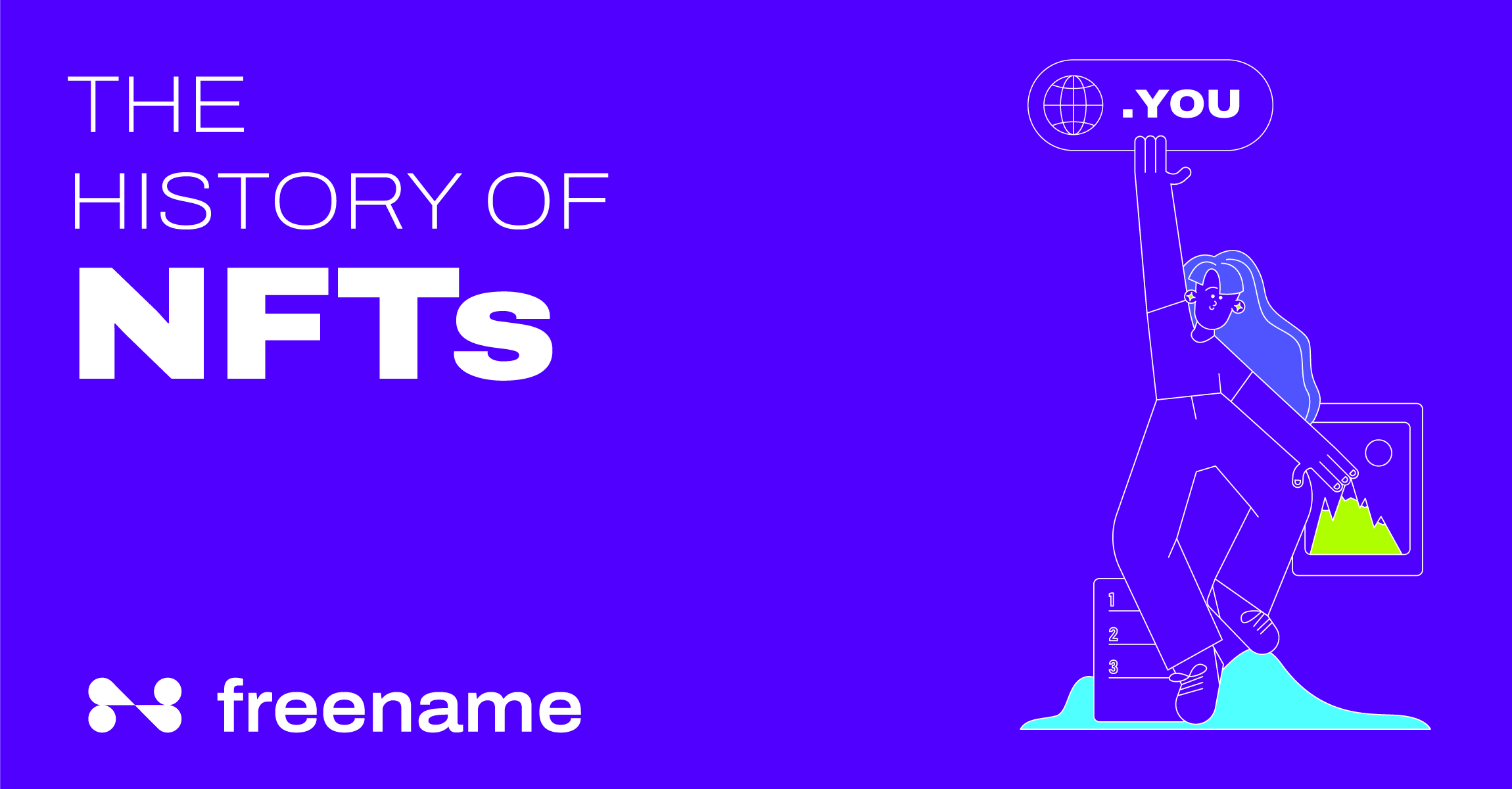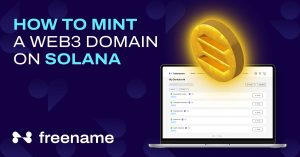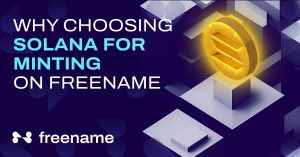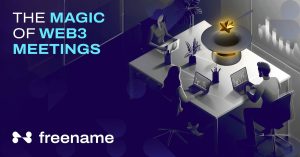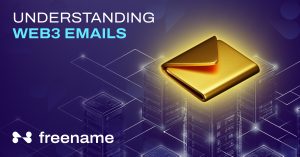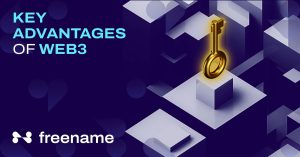
It helps to study more about the history of NFTs and the occasions that contributed to their being prevalent in recent years in order to better comprehend non-fungible tokens, and discover precisely what they are.
The year 2021 was essentially the Year of NFTs. It was an unparalleled rise that made it simple for producers to commercialize their work and gave collectors a quick and easy option to buy and store value. NFTs appear to have appeared overnight, yet their history dates back to 2012.
Before we go deep into the history of NFTs, let’s first look at what they are.
What are NFTs
Non-fungible tokens commonly referred to as NFTs, are distinct digital assets with blockchain-managed ownership, in contrast to conventional cryptocurrencies. An NFT consists of units that can each be regarded as unique. Collectibles, video game objects, digital artwork, event tickets, domain names, and even ownership records for contracts for tangible assets might be included in this category.
Technically speaking, NFTs are non-interchangeable data storage units that are immune to duplication, manipulation, and destruction. They are stored on a blockchain. NFTs have extrinsic value as a result of the blockchain’s ability to verify them.
An asset is said to be “non-fungible” if it possesses special characteristics that distinguish it apart from other assets and prevent replication of those characteristics. On the other hand, a currency is an excellent illustration of a fungible asset. A 10-dollar bill may always be replaced by another 10-dollar bill, or even by ten 1-dollar bills, money-wise.
A typical application of NFTs as an asset is Web3 domains.
Web3 domains are used to create decentralized websites and to convert hexadecimal crypto addresses into usable and readable Web3 usernames. In a Web3 domain, the suffixes have endings like .moon, .hodl, .token, .metaverse etc in contrast to the .com, .net, .info, etc of the conventional top-level domains of Web2.
Although non-fungible tokens may appear complicated, you can think of them as a way to use the blockchain to distribute almost any type of material.
Web3 domains are NFTs domains in that they are minted on the blockchain technology and are used to show ownership of the domains as every other NFT functions like owning a collection of arts and any other valuables.
Milestones in the History of NFTS
Early history: NFTs on Bitcoin from 2012 to 2016
Despite the fact that many people now link NFTs with the Ethereum blockchain, the idea existed long before Ethereum.
In 2012 as a Colored Coins
A paper by Meni Rosenfeld that suggested the idea of “Colored Coins,” issued on the Bitcoin network, was published on December 4, 2012. When used to establish ownership of real-world assets, Colored Coins are a class of techniques for representing and managing those assets on top of the Bitcoin network. They are essentially like regular Bitcoins, but they do have a mark that indicates how to use them.
Think about having four distinct bank accounts and wanting to give each one a use-case. Say there are separate bank accounts for bills, gambling, savings for college, and saving for savings. The money then becomes distinct and separated.
Owing to Bitcoin’s constraints, the idea of Colored Coins was never fully fulfilled, but it did create a base for subsequent NFT experiments.
Was 2014 the original Year NFT was invented, and by Whom?
Digital artist Kevin McCoy created the first-known NFT “Quantum” on May 3, 2014. The pixelated octagon of Quantum is filled with various shapes that pulse in a fascinating manner. On November 28th, 2021, the unique Quantum art piece sold for over $1.4 million in a Sotheby auction.
Year 2014-2016
During these years, a significant amount of development and experimentation has taken place in platforms built on top of the Bitcoin blockchain. It was the start of Ethereum’s initial reign over NFTs. Most notable is the Counterparty platform (Bitcoin 2.0), which allowed the creation of digital assets. Later on, Spells of Genesis followed Counterparty’s footsteps and through its platform pioneered issuing game assets. Finally, the meme age began in 2016, with the release of Rare Pepes NFTs on the Counterparty platform.
It should be emphasized, though, that its primary purpose was never to serve as a repository for these other tokens. The concept of clogging up valuable block space with coins that reflected ownership of photos didn’t sit well with many Bitcoin users. That marked the start of NFTs’ transition to the Ethereum blockchain.
Ethereum as a better home for NFTs.
A new era for NFTs began with the advent of the Ethereum blockchain in 2014 and the launch of its platform on July 30, 2015. Developers may now create tokens thanks to a set of specifications defined by the Ethereum network. The token standard is, in a nutshell, a subset of the smart contract standard. The token standard is frequently included for the blockchain that underpins smart contracts in order to instruct individuals on how to develop, issue, and deploy new tokens that are based on that blockchain.
Cryptopunks: 2017
John Watkinson and Matt Hall made the decision to launch a generative project on Ethereum as a result of the popularity of the Rare Pepes. With a maximum of 10,000 bits, there would never be two identical characters produced. The project was called Cryptopunks, and it was the only one to debut using the ERC-20 standard (ERC-721 hadn’t yet been released). Many NFT experts refer to it as a combination of the ERC-20 and ERC-721 standards. You can see why Cryptopunk NFTs are sold for such high prices when you consider their historical worth and scarcity along with the NFT boom in 2021. One transaction even exceeded $530 million, setting a record for NFT sales.
CryptoKitties: 2017 – 2018
Cryptokitties is a blockchain-based virtual game that allowed players to adopt, breed, and trade virtual cats in the privacy of their individual wallets. It was unveiled during the biggest hackathon ever held for the Ethereum ecosystem by the Vancouver-based business Axiom Zen. It was the ideal setting to unveil the game because over 400 developers were in attendance. The project quickly became popular online. People were earning incredible money exchanging those animals because it was so well-liked. Additionally, because of the volume of activity, CryptoKitties clogged the Ethereum blockchain as a whole, which increased its prominence. People started to comprehend the actual power and potential of NFTs after watching this action.
NFT video games: 2018–2020
Between this time and afterward, NFTs gradually but steadily gained public notice, most likely because of efforts involving metaverse and NFT gaming. Decentraland was the first to approach this market with its decentralized Ethereum-based VR platform (MANA). Gamers may explore, develop, play games, acquire objects, and more in Decentraland. Imagine Minecraft, except everything you create, discover, and earn there is also yours to keep.
Soon after, Enjin Coin (ENJ), a blockchain-based platform that enables developers to tokenize in-game products on Ethereum, started to appear in platforms and games. It can provide real-world value to back such things using ENJ.
The blockchain-based commerce and combat game Axie Infinity (AXS), which is partially owned and run by its players, also emerged. These systems were all being developed over the crypto-winter (bear market) and were mostly unknown to the public. That is until NFTs entered the mainstream in 2021.
2021 as the ultimate year of NFTs
The year 2021 was dubbed the “Year of the NFT,” as both production and demand for NFTs skyrocketed in the history of NFTs.
One of the main causes of this surge was the profound shifts that happened within the art market and the whole industry when renowned auction houses, namely Christie’s and Sotheby’s, started selling NFT paintings in addition to expanding their online auctions.
As a result, Christie’s sold Beeple’s Everydays: the First 5000 Days NFT for a record-breaking $69 million. An enormous transaction from such a famous auction house served as an important NFT market validation.
Competing blockchains getting involved and beginning their own NFTs was another knock-on consequence of the renowned Christie’s auction in addition to the spike in demand for NFTs. These comprised the blockchains Cardano, Solano, Tezos, and Flow, among others. Some additional criteria were devised in order to guarantee the validity and originality of the digital assets generated with these more recent NFT platforms.
The increase in NFT demand, particularly within the metaverse, was impressive at the end of the year after Facebook changed its branding to Meta and entered the metaverse.
What next
Now that NFTs are a part of the mainstream market, they have limitless prospects and boundless potential, moving beyond the period of innovation, experimenting, and the great explosion.
Conclusion
NFTs are here to stay and they will play a significant role in the future of the art world, despite certain reservations that have been expressed about them over the last several years. It’s with no doubt that the prospect and potential therein present in the world of NFTs are a very great one.
Start your Web3 journey with Freename TLDs and Domains. Sign up now and get a welcome coupon code of 10$ on your first purchase.

